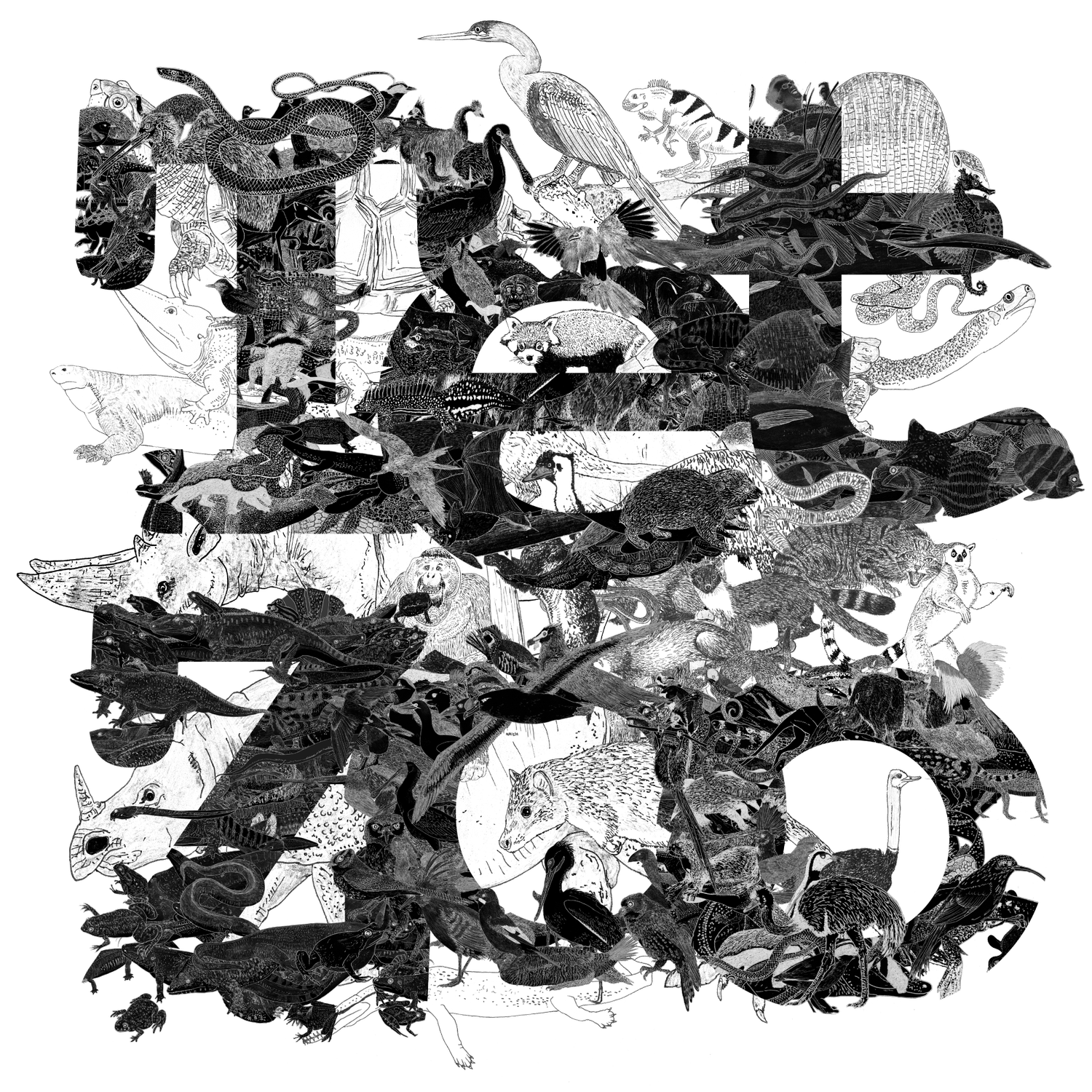A look back at August’s DinoCon 2025, our outstandingly successful first event!
Sloth World, 2025 (Part 1)
Mesozoic Art II, Palaeoart Portfolio for the 2020s
In Quest of Hybrid (Non-Bird) Dinosaurs
The Crowing Crested Cobra Once More
Crocodiles Attack Elephants Then, Now, and Still
Regular readers here will be familiar with my lamentations about the old, archived material from ver 2 (ScienceBlogs) and ver 3 (Scientific American). It’s been lost, destroyed, vandalized, paywalled, or some combination of those things. Today, something happened which has inspired me to rescue one of those articles from ver 3, specifically from 2013 (here’s the original). What inspired it, huh? Well, THIS DID…
Tetrapod Zoology ver 4’s 7th Birthday
Whales and Dolphins Around the Coasts of Europe, 2025
Once again, I’m back from time spent in the North Atlantic looking at wild cetaceans, specifically on a Bay of Biscay trip (a journey made between Plymouth in England and Santander in Spain) organised by the wildlife charity ORCA…
Tapejarid Palaeobiology and the Concept of the ‘Giraffized’ Azhdarchid
Record-Holding Champion Giant Slow-Worms
Armadillo Empire, Part 2: Fairies, Tolypeutines, and Where Glyptodonts Go
Armadillo Empire, Part 1: of Euphractines and Eutatines
World Turtle Day 2025!
Suburban Camera Trapping, Week 1
Three Months to DinoCon!
Of Zaedyus, the Pichi
The Fate of the Woolly Long-Nosed Armadillo of Peru
Racerunner Lizards of the World Unite, New for 2025!
Speculative Zoology Grand and Photoreal: Boulay and Steyer's Demain, les Animaux du Futur
Having recently republished an old, classic article on Speculative Zoology – that based around a 2014 interview with After Man creator Dougal Dixon – it seemed appropriate to republish another Tet Zoo classic…




